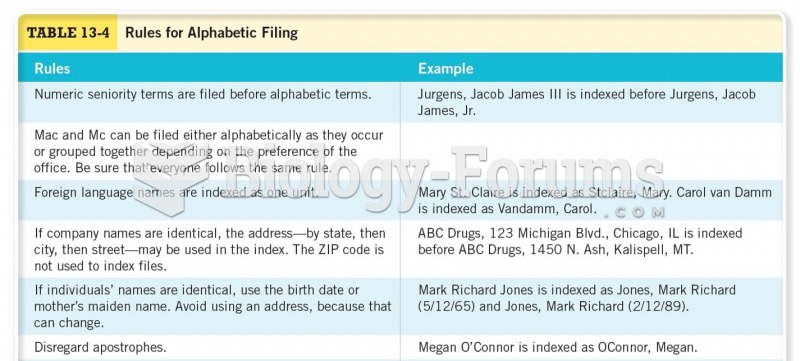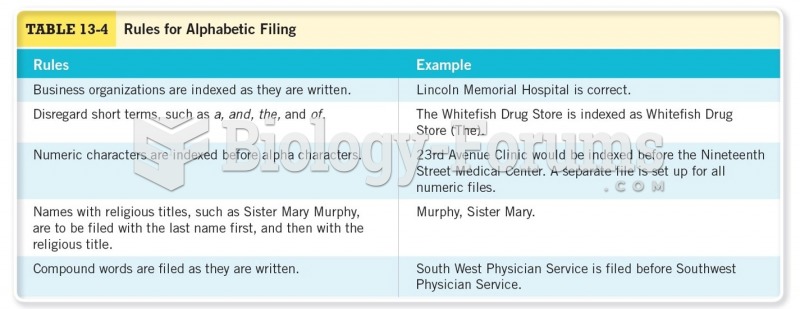|
|
|
Green tea is able to stop the scent of garlic or onion from causing bad breath.
The heart is located in the center of the chest, with part of it tipped slightly so that it taps against the left side of the chest.
Coca-Cola originally used coca leaves and caffeine from the African kola nut. It was advertised as a therapeutic agent and "pickerupper." Eventually, its formulation was changed, and the coca leaves were removed because of the effects of regulation on cocaine-related products.
The immune system needs 9.5 hours of sleep in total darkness to recharge completely.
Certain rare plants containing cyanide include apricot pits and a type of potato called cassava. Fortunately, only chronic or massive ingestion of any of these plants can lead to serious poisoning.







